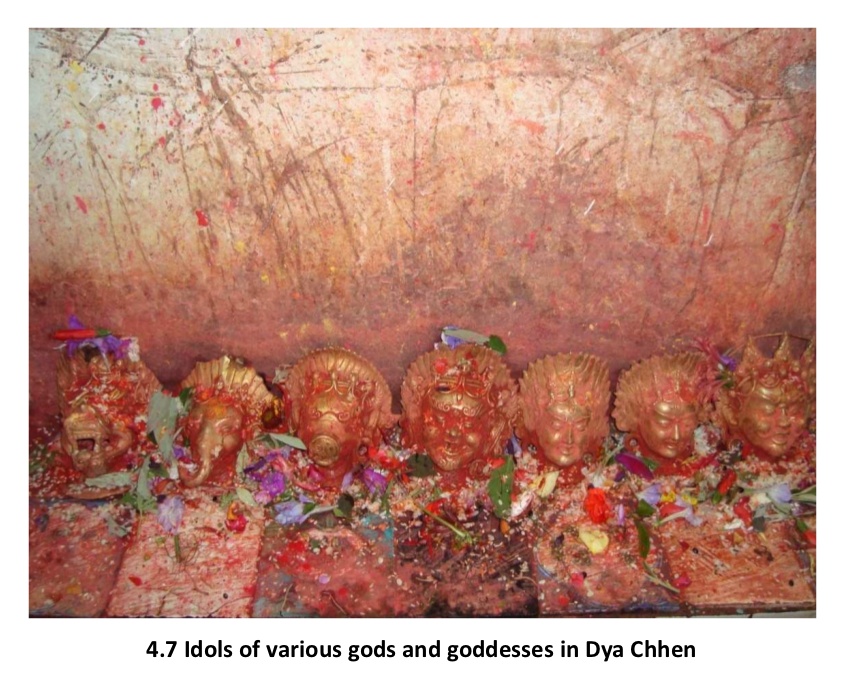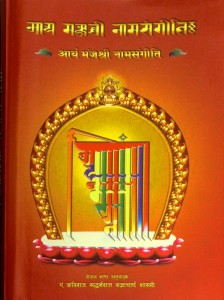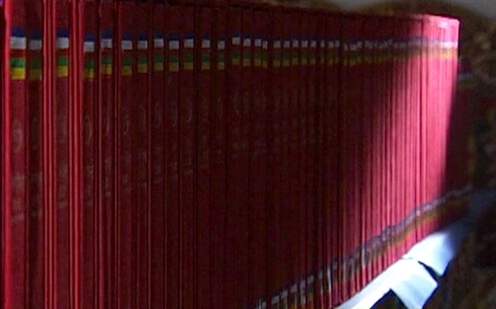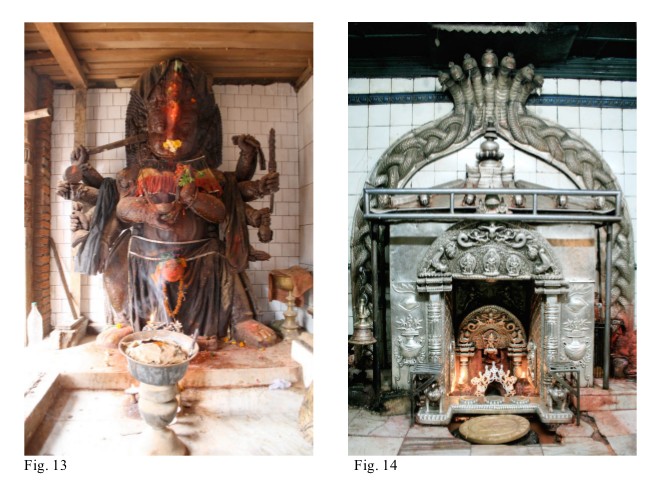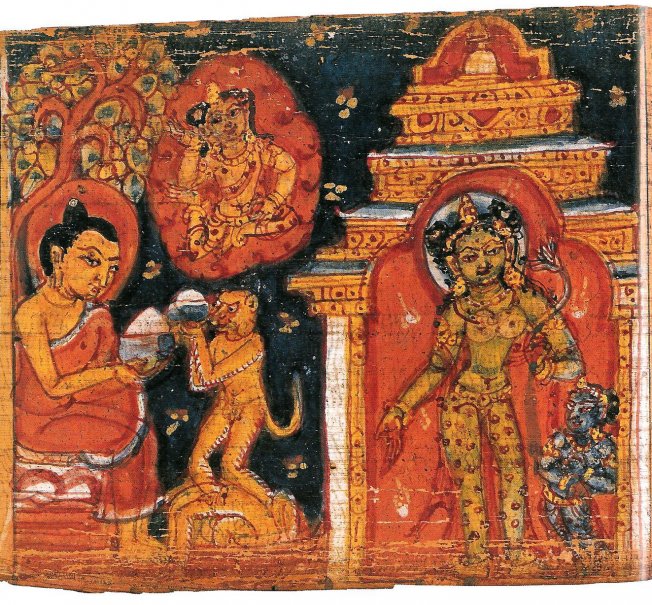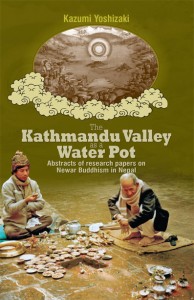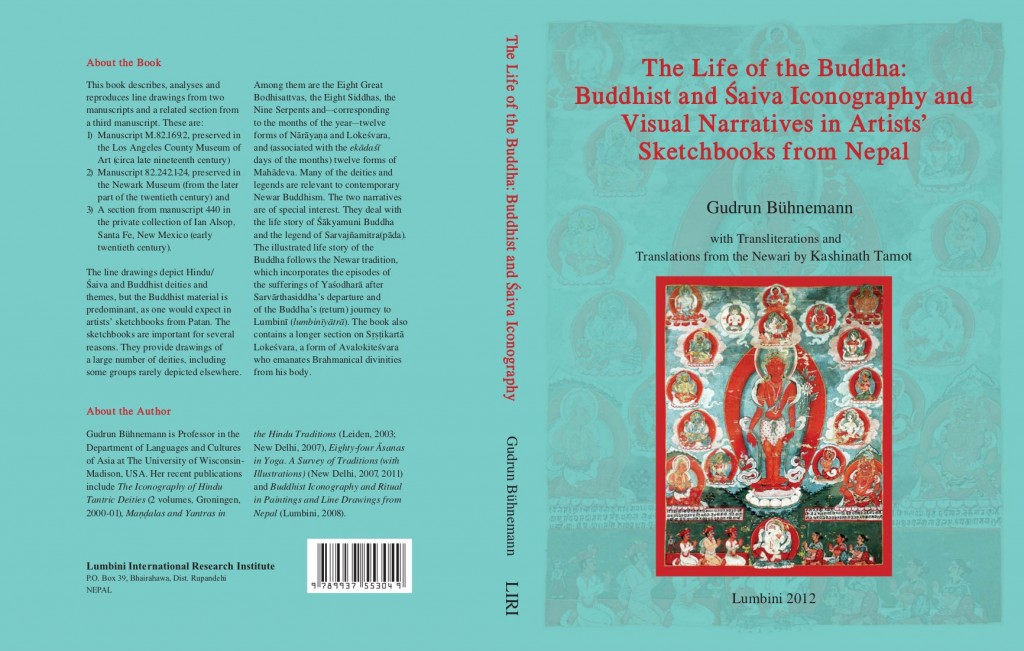Required reading for tantric studies specialists:
Péter-Dániel Szántó. ‘Selected Chapters from the Catuṣpīṭhatantra’. Vol.1: Introductory study with the annotated translation of selected chapters. Vol. 2: Appendix volume with critical editions of selected chapters accompanied by Bhavabhaṭṭa’s commentary and a bibliography. D. Phil. diss., Oxford University, December 16 2012. Viewable at academia.edu [v.1, 2].


